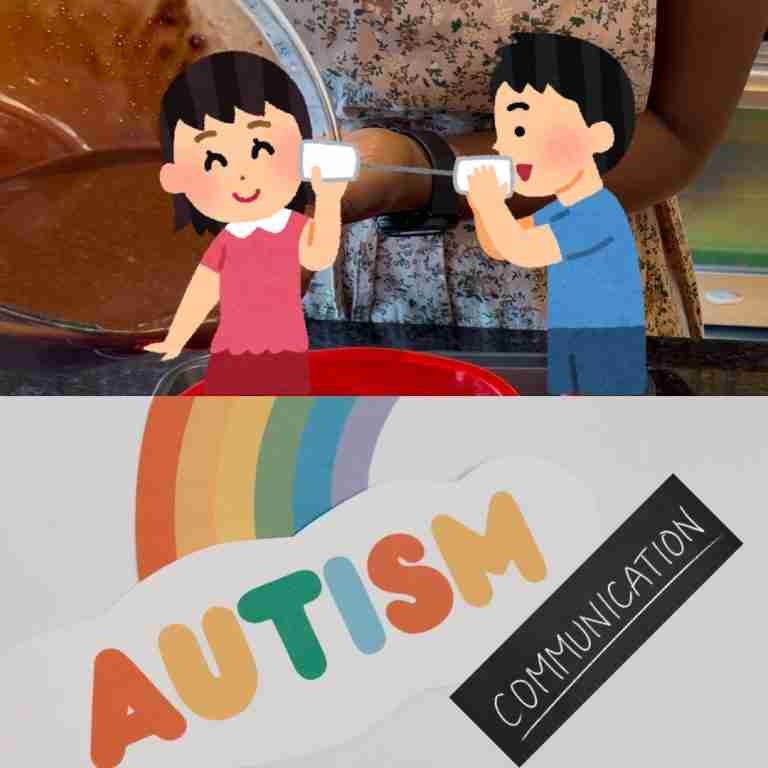Sensory related issues are usually difficult for neurotypicals to understand. To us sensory processing is not something we have ever an effort to learn about. The only time I guess we got to think about our sensory system was back when we were learning about the five senses in elementary school. Now kids on the autism spectrum experience the common 5 senses, (sight, touch, smell, taste and sounds) differently from the other typically developing kids. Most of the time it is difficult for ASD kids to process or regulate these senses. On top of that it is even more difficult for them to process more than one sensory input at a time.
How sensory processing affects autism kids
I will give you an example of how my son finds trips to amusement parks very overwhelming. He is able to hear even the faintest sounds thanks to his acute hearing. Since he has sensory processing challenges, it’s therefore difficult to filter the sounds of people talking, rides screeching and the P. A system blasting music all at the same time. He is also a visually oriented guy therefore it can be difficult to filter out all the different activities happening around him. This can cause a sensory overload for him. He gets distracted and on a good day he just stands in one place or tries to sit down. But on a bad day it can lead to an unexplainable meltdown.
Sensory challenges are usually at the root of behavior, communication, nutrition and sleep difficulties experienced by autism kids. That is why it is important for us parents to address sensory integration needs for the child. Here is how you can incorporate sensory activities for kids to help your child navigate their sensory needs.
Sensory training
Sensory training for your child can be administered by a professional such as an Occupational Therapists. You can also use diffent sensory activities for kids to teach your child sensory integration at home. I like the home teaching because the time that the child gets with the OT is very limited. Also, as a parent you know the issues that you would want addressed first because you are the one who knows your child well.
Disclaimer: I’m not a therapist, healthcare professional, nor do I pretend to be one on this blog. I am just a mom who has handled her fair share of motherhood challenges and is happy to share those experiences with others. The content on this blog is provided for general information purposes only. Please consult your family doctor or healthcare team for factual advice regarding your child’s specific challenges.
How to choose the right sensory activities.

Activities to help teach your child sensory integration should be fun. This gives kids the motivation to want to keep learning or trying out new activities. Over the years I have found that the things I have taught my son through play and songs are the ones that have stuck with him and he remembers them easily.
Use your child’s interests to choose the sensory activities. Always remember that it’s not about you and what you think is the best. Consider the child’s interests and let them lead the activities. The activity does not have to be highly structured. Just go with the flow as long as they are learning something useful out of it. This way it does not feel like a chore to the child.
Try to be consistent and incorporate the strategies that you have found helpful everywhere even at school. When you find something that works stick with it and share it across your child’s life. This helps with retention, increases their confidence and maximizes success overly.
Be conscious of your child’s age when choosing age-based sensory activities to try out. It’s possible that there may be a gap between your child’s chronological age and developmental age. It’s better to consider their current skills, sensory tolerance and level of focus they are comfortable with. To give you an example, when I am playing with my son building structures with kinetic sand, I have found that he is more engaged when I play alone with him than when we play as a group. This is because even though he is the appropriate age to engage in group activities, he is not able to focus fully when there are other things going on around him. He also hasn’t mastered any social skills to help him in group activities.
The best activities are the ones that also involve other family members. These activities help out in enhancing the child’s social skills as well so it’s a double win. It’s good for the child to learn to play with the people they are close to as it’s a safe environment to make all the mistakes and helps with building confidence. However, these family activities should not become a burden on the family’s budget, time, personal space and patience.
Lastly before choosing sensory activities for kids consider how the activity will match your child’s interest levels. Don’t force your child to do things they don’t like. Consider also their muscle tone and energy levels. Start out at a slow and easy pace and build over time. I hope you find these tips useful in coming up with sensory activities for your child.





